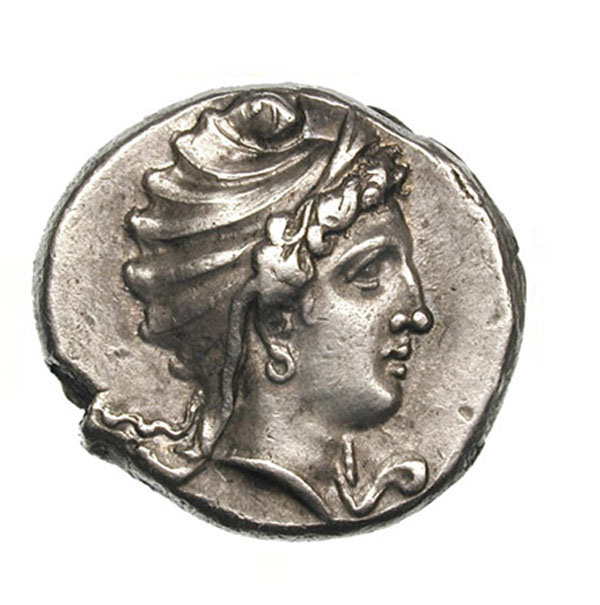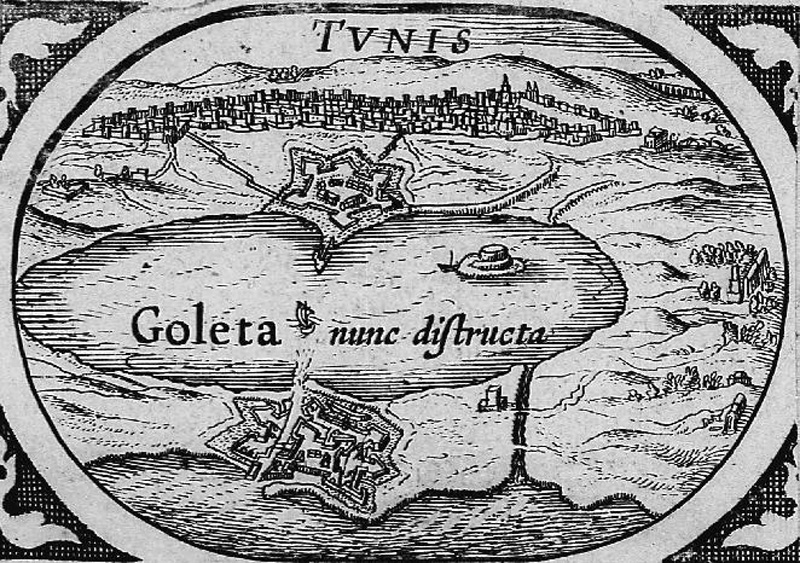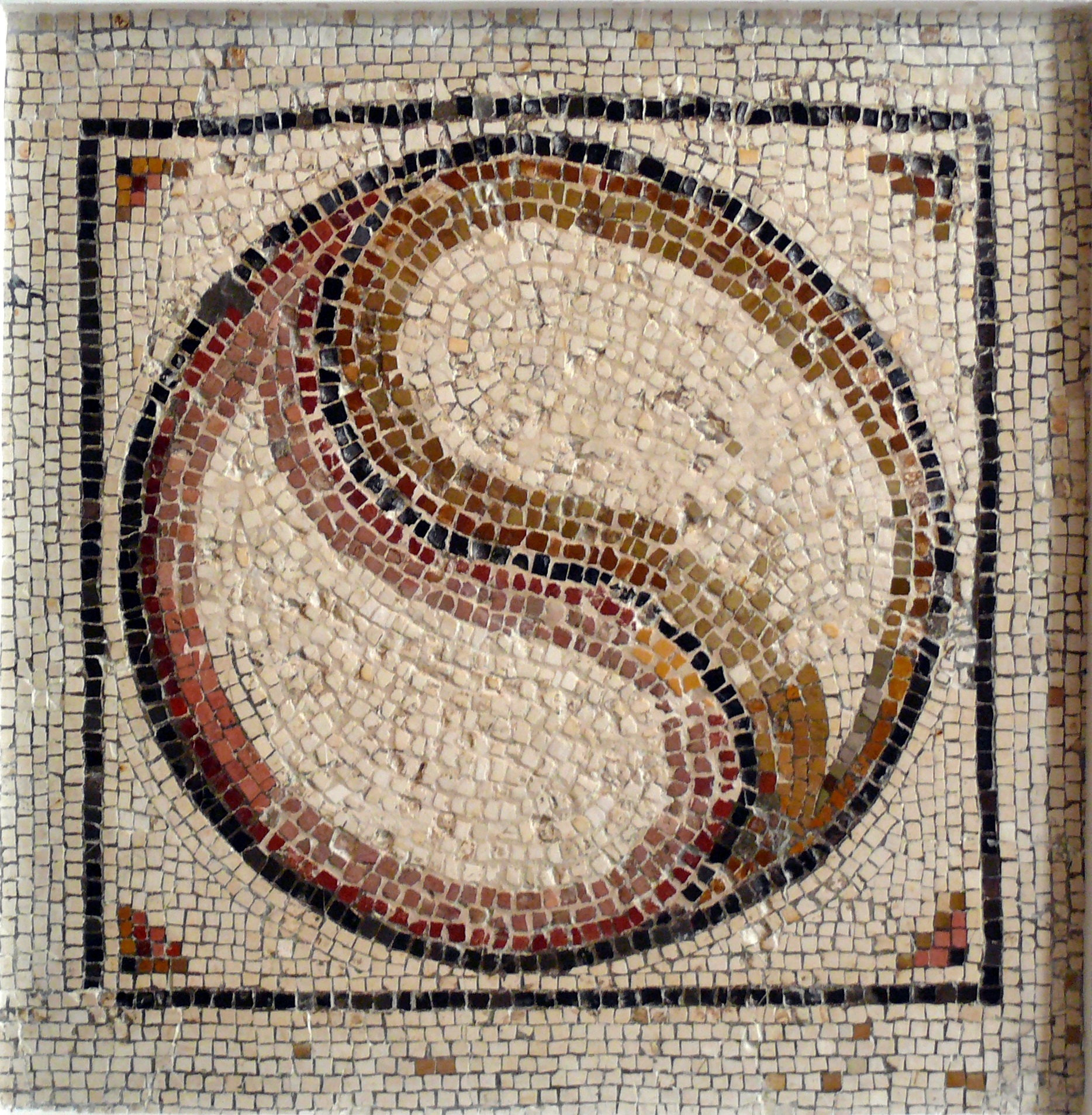


[Confirmed as of March 2, 2010] 

Tunis, Goleta nunc distructa / [Guillelmo Blaeu] - [s.n.] - 1600-1699. Map by Willem Jansz Blaeu (1571-1638). Collection d'Anville, Bibliothèque nationale de France. "We returned to Constantinople, and the following year, seventy-three, it became known that Don John had seized Tunis and taken the kingdom from the Turks, and placed Muley Hamet in possession, putting an end to the hopes which Muley Hamida, the cruelest and bravest Moor in the world, entertained of returning to reign there. The Grand Turk took the loss greatly to heart, and with the cunning which all his race possess, he made peace with the Venetians (who were much more eager for it than he was), and the following year, seventy-four, he attacked the Goleta and the fort which Don John had left half built near Tunis. While all these events were occurring, I was labouring at the oar without any hope of freedom; at least I had no hope of obtaining it by ransom, for I was firmly resolved not to write to my father telling him of my misfortunes. At length the Goleta fell, and the fort fell, before which places there were seventy-five thousand regular Turkish soldiers, and more than four hundred thousand Moors and Arabs from all parts of Africa, and in the train of all this great host such munitions and engines of war, and so many pioneers that with their hands they might have covered the Goleta and the fort with handfuls of earth. The first to fall was the Goleta, until then reckoned impregnable, and it fell, not by any fault of its defenders, who did all that they could and should have done, but because experiment proved how easily entrenchments could be made in the desert sand there; for water used to be found at two palms depth, while the Turks found none at two yards; and so by means of a quantity of sandbags they raised their works so high that they commanded the walls of the fort, sweeping them as if from a cavalier, so that no one was able to make a stand or maintain the defence..." Cervantes (1547-1616), on the "Catastrophe of August and September, 1574", from "La Historia del Cautivo" [A Captive's Tale]; see also p. 209 of The Life and Exploits of the Ingenious Gentleman, Don Quixote de la Mancha in the translation of Charles Jarvis (1801).
|





